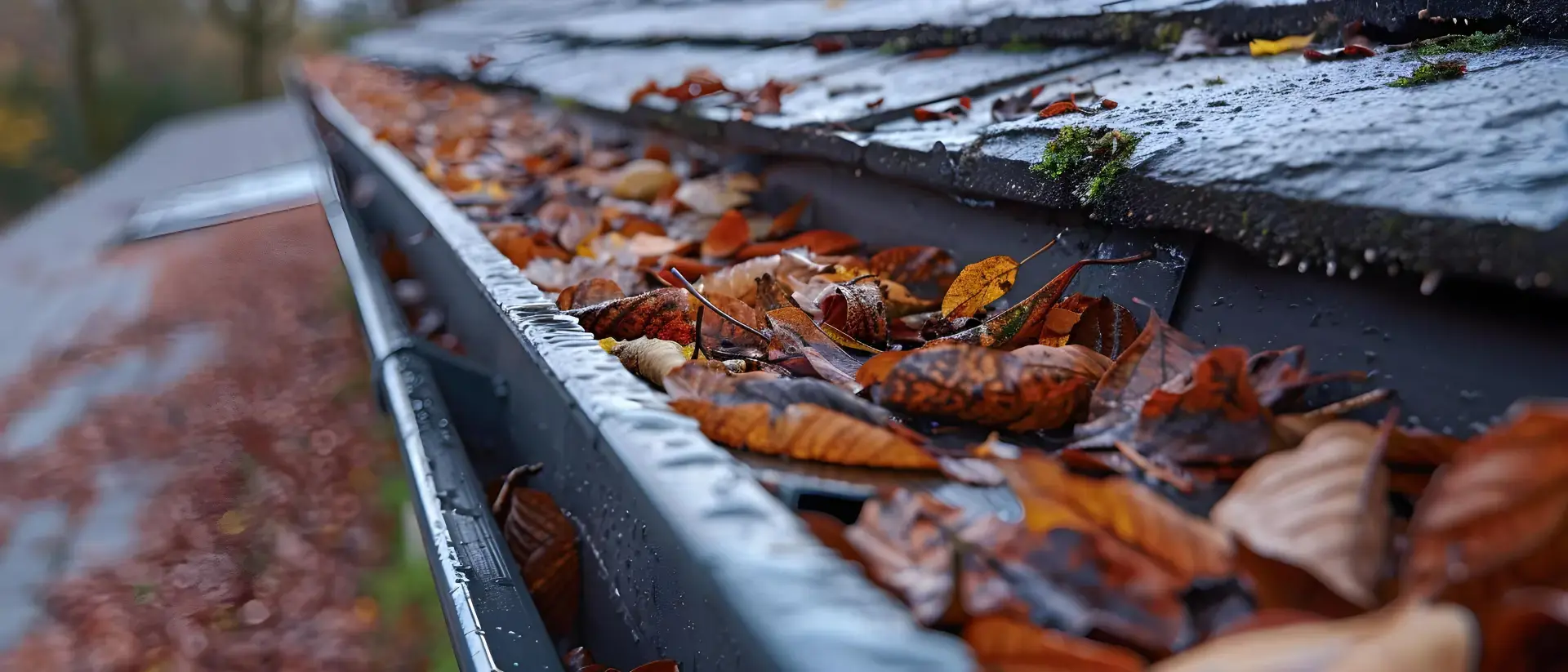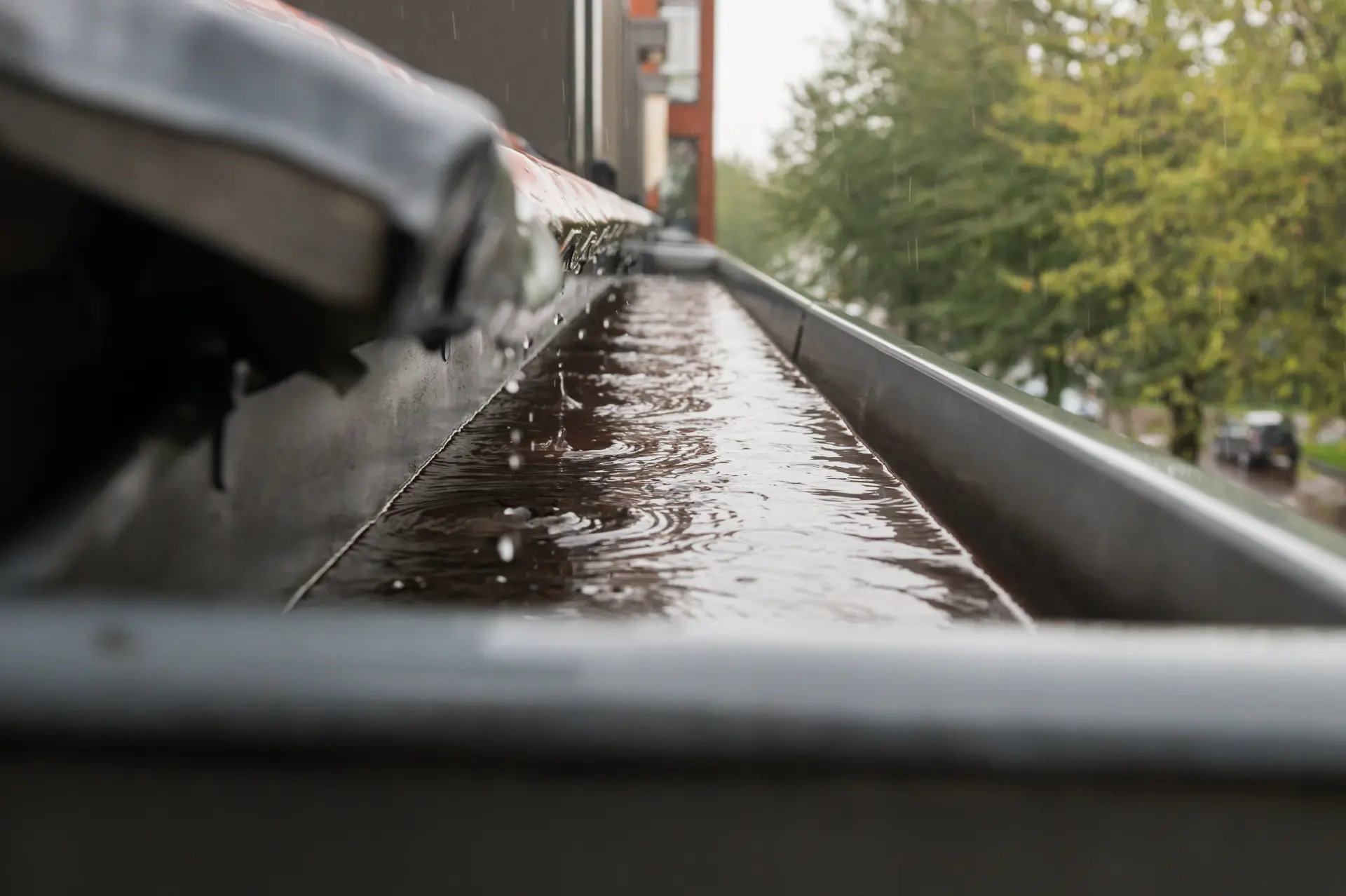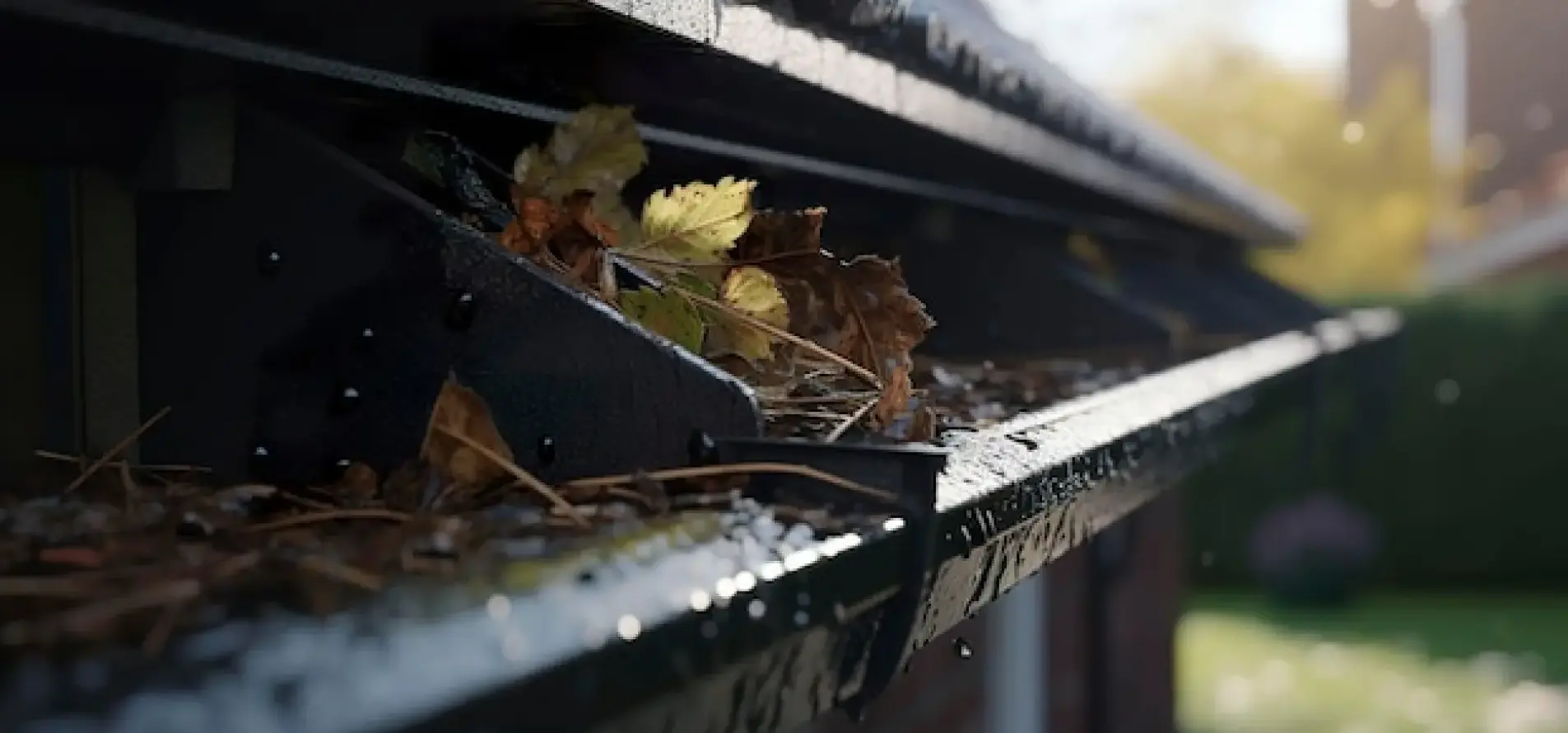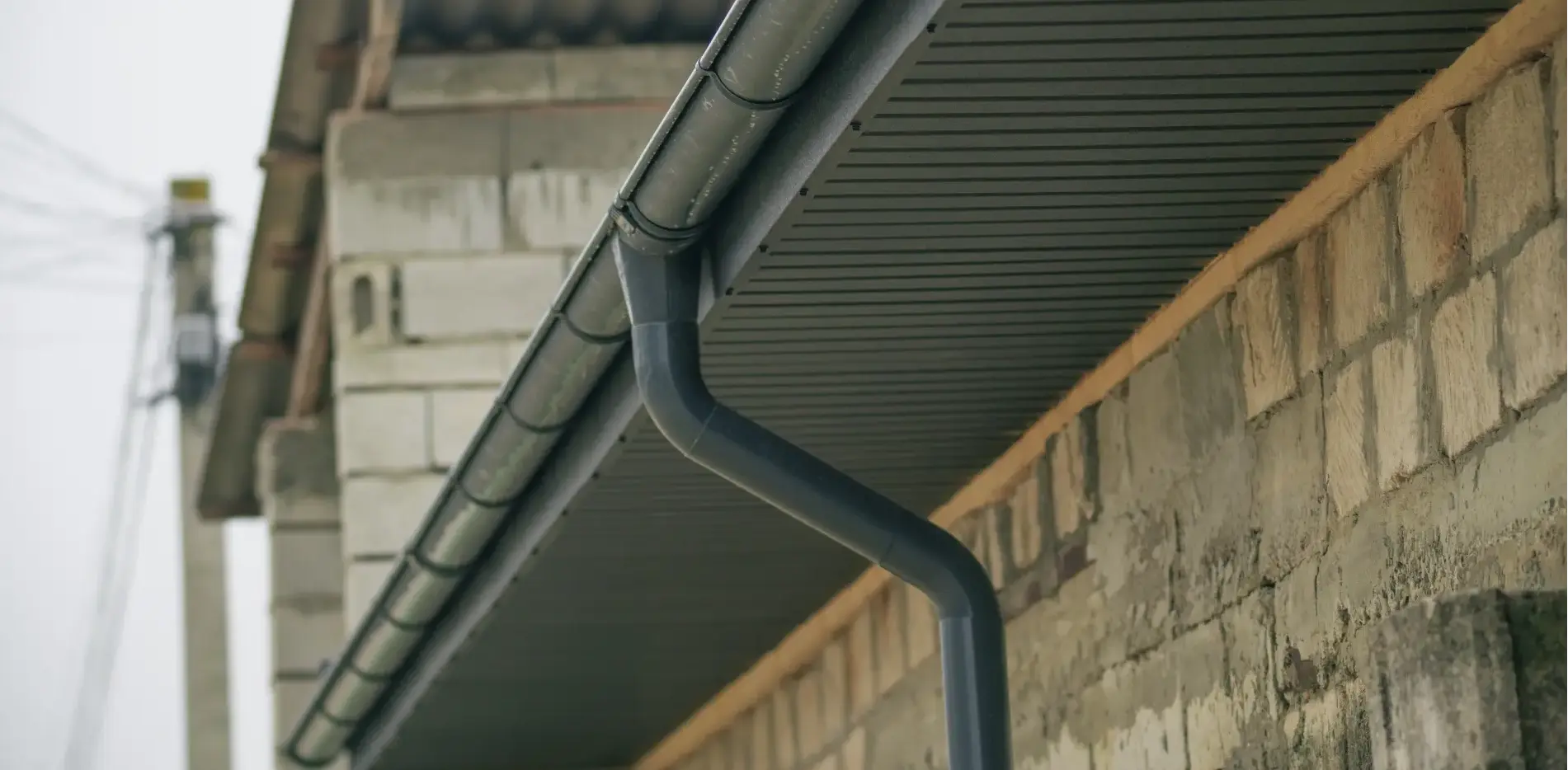Discover effective ways to keep yo ur gutters in good condition. From cleaning tips to tool advice, ensure your gutters flow freely all year round.
How Often Should You Check Your Gutters?
It is recommended by professionals that you inspect your guttering twice a year, usually in the spring and in the autumn. These seasons follow periods when leaves, moss, and other kinds of debris are more likely to collect along your gutters.
A build-up of debris can quickly block the seamless flow of water off your roofing, causing it to overflow and damage your roof, walls, or foundations as time passes.
If your house is close to trees or in an area with frequent strong winds or heavy rain, you may need to check your gutters more often, such as every few months. After a storm or a long spell of wet weather, it’s also a good idea to have a quick look to make sure everything is still in place and draining properly.
Carrying out lots of checks or hiring professionals to assist you do so will allow you to spot early signs of problems, such as sagging sections, water stains, leaks, or plant growth. Such issues can be dealt with quickly before they lead to bigger and more expensive repairs for your guttering or roofing.
By making gutter checks part of your yearly home care routine, you help protect your home and keep the guttering in good working order all year round.
How to Safely Clean Your Gutters
To clean your gutters safely, start by using a sturdy ladder placed on flat, level ground. Make sure someone is nearby if possible, especially if you're working at height.
Always wear gloves to carry out this job, as you must protect your hands from any sharp debris and consider using a small scoop or trowel to remove leaves, moss, and dirt.
Place the waste in a bucket or lay down a sheet below to catch anything that falls. It's best to avoid leaning too far in any particular direction when on the ladder, as this can cause it to tip. Always move the ladder rather than overstretching for your own safety.

Once all the debris you have found has been cleared, use a hose or watering can to flush water through the gutter. This helps check that water flows freely and that downpipes are not blocked. While cleaning, look out for signs of damage like cracks, rust, or loose parts.
If you notice anything broken or unsafe, it may be best to call a professional. Never try to clean gutters in bad weather, at any time when your roofing could be wet, as this increases the risk of slips or falls. Staying safe should always be the main priority.
Tools You Need for Basic Gutter Maintenance
For the most basic gutter maintenance, you only need a few simple tools to get the job done safely and properly. A strong, stable ladder is essential for reaching the gutters, and you should always make sure the ground is level before deciding to carry out this job.
Wear a good, thick pair of gloves so that your bare skin doesn't need to come into contact with sharp debris or dirty water. A small plastic scoop or trowel is helpful for removing leaves, moss, and other blockages.
You’ll also need a bucket or garden bag to collect the waste as you go. Opt for a garden hose, especially one with a spray nozzle, as this can be used to flush water through the gutters and check for proper drainage.
If you want to avoid climbing up, a gutter cleaning pole with an angled head is a good option for low-level work. Having a cloth or sponge handy is also useful for wiping down any dirty or mouldy spots. With these tools, you can keep your gutters clear and in good working condition.
When to Replace Parts of Your Guttering
You should consider replacing parts of your guttering when you notice signs of serious wear or damage that cannot be easily restored with simple repairs. Cracks, holes, or splits in the gutter can allow water to leak onto your walls or foundations.
If you see rust, peeling paint, or sections pulling away from the wall, these are clear signs that the guttering may no longer be secure or watertight. Gutters that sag or no longer hold water properly could mean the brackets are damaged or the structure is too weak to function as it should.

If your guttering continues to leak over time, even after plenty of cleaning and maintenance, it may be more effective to replace the faulty parts. In some cases, especially with very old systems or outdated materials, it might be best to upgrade the entire guttering.
Replacing worn or broken sections not only helps prevent more serious problems but also keeps your home well protected from long-term water damage.
Tips for Preventing Future Blockages
To help prevent any occurrence of gutter blockages in the future, you want to start by clearing out any existing leaves, moss, and dirt regularly, especially during autumn and spring. Installing gutter guards or mesh covers can stop larger debris from building up while still allowing water to flow through.
Trim back any overhanging tree branches, as this will also reduce the amount of leaves or twigs falling into the gutters.
Make sure downpipes are kept clear by checking them during each clean, and flush them with water to keep them flowing freely. It's also important to check for signs of birds' nests or pests, which can block water flow. When your gutters are kept clean, watching for early signs of problems, and using simple tools like guards or filters, you can reduce the risk of future blockages and keep your guttering working properly all year round.
At Hampshire Gutter Solutions, we work hard to provide our customers with complete guttering maintenance to improve the exterior and also the interior of your household or commercial building. Give our team a call today, and we'll do all we can to clean and restore your guttering.


